Hurricane Sandy In Pictures As It Devastates U.S. East Coast
Sandy, one of the largest and fiercest storms to hit the U.S. in years, battered the east coast Tuesday with high winds and heavy rain, flooding several parts of New York City.
A massive blackout has crippled much of New York with more than 5.5 million people left without power altogether across the East. Transport has come to a halt while the presidential campaign stands interrupted with only a few days remaining for the election, news reports said.
About 670,000 people lost power Monday in New York City, the northern suburbs and coastal Long Island.
More than one million people across a dozen states were ordered to evacuate.
The authorities shut down the subway, bus and commuter train systems Sunday night due to worries that the high waters could inundate subway tunnels and flying debris could block roads.
Patients at the New York University hospital had to seek medical care elsewhere after power and backup failed.
Firefighters were deployed in lower Manhattan who used inflatable boats to rescue utility workers trapped for three hours by rising floodwaters inside a power substation.
Though Sandy has been downgraded from hurricane to superstorm, National Hurricane Center (NHC) said it still sustained winds of 80 mph (miles per hour), well above the threshold for hurricane intensity.
For the first time since the 9/11 attacks, the U.S. stock markets remained shut Tuesday, while both presidential candidates cancelled campaign events.
One disaster forecasting company predicted economic losses could ultimately reach $20 billion, only half insured, Reuters reported.
Sandy, which has brought back memories of 2005 Hurricane Katrina that devastated New Orleans, is being described “as the Northeast's Katrina.”
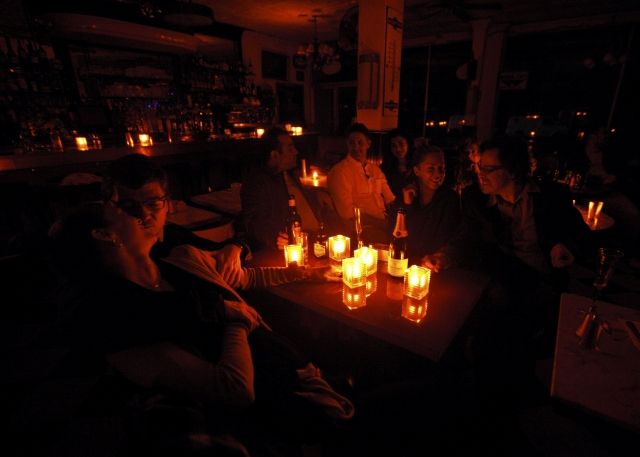


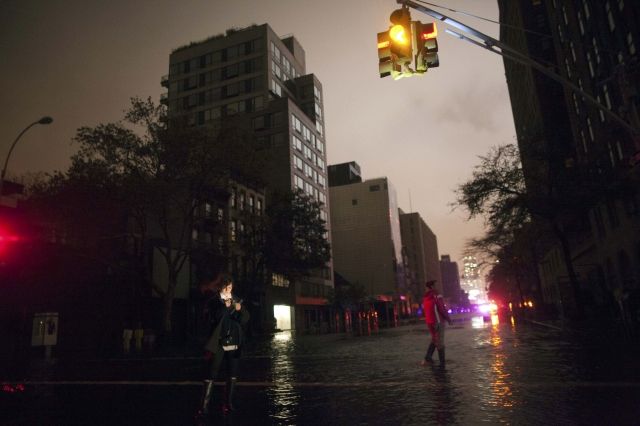
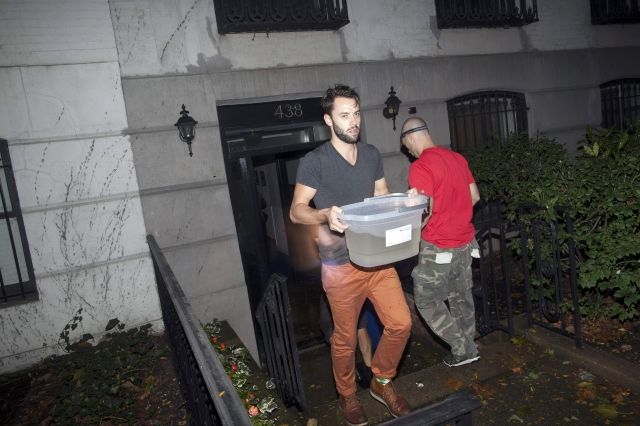
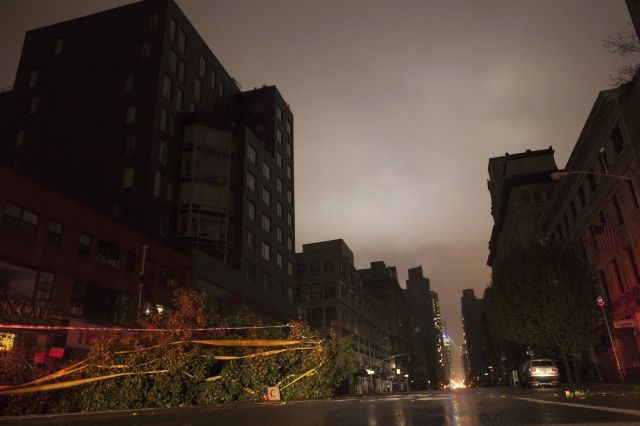
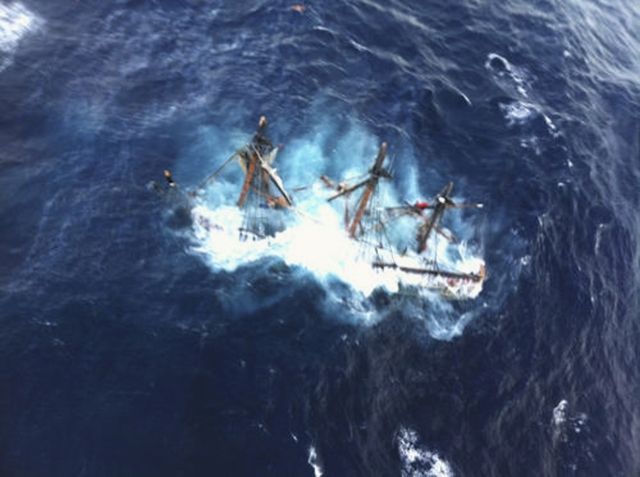

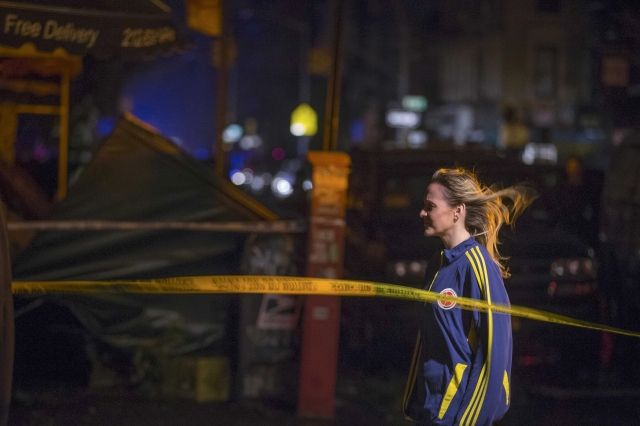
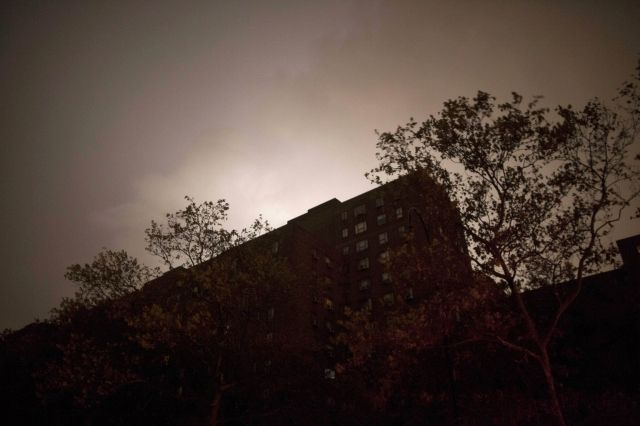
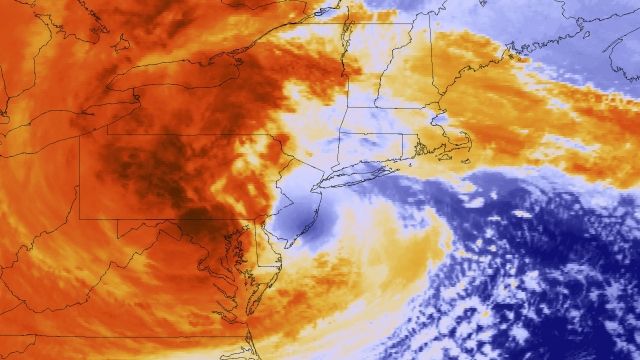
© Copyright IBTimes 2024. All rights reserved.






















